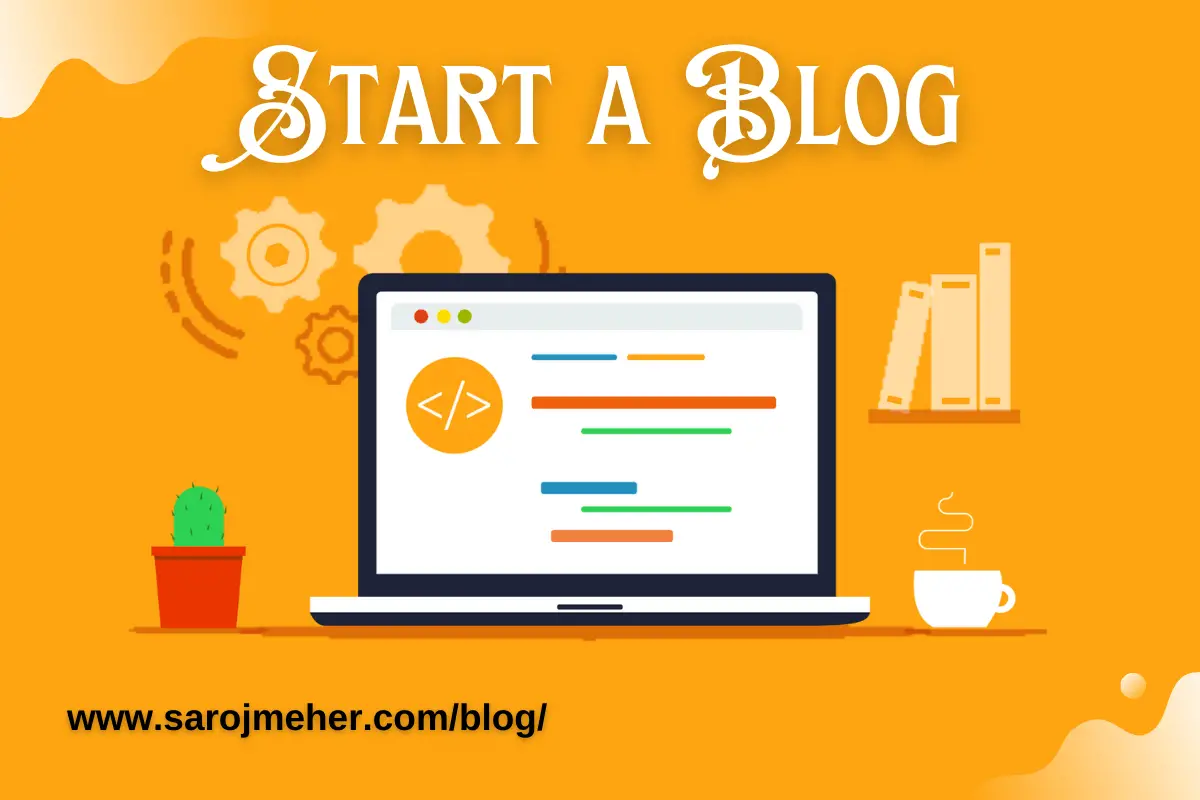ChatGPT: The AI Language Model Revolutionizing Communication
In recent years, artificial intelligence (AI) has been transforming the way we interact with technology. One of the most significant developments in this field has been the emergence of language models like ChatGPT, which can understand natural language and generate human-like responses. ChatGPT is an AI language model developed by OpenAI, based on the GPT-3.5 architecture. In this article, we will explore the capabilities of ChatGPT, how it works, and its potential impact on various industries.
What is ChatGPT?
ChatGPT is an AI language model developed by OpenAI, a research organization focused on developing AI technologies for the betterment of society. ChatGPT is based on the GPT-3.5 architecture, an advanced version of the GPT-3 model that was trained on a massive dataset of text from the internet. ChatGPT can understand natural language, generate human-like responses, and engage in conversations with users in a wide range of domains.
How does ChatGPT work?
ChatGPT is a neural network-based language model that uses deep learning algorithms to understand natural language and generate responses. The model was trained on a massive dataset of text from the internet, including books, articles, and websites. During the training process, the model was exposed to a vast range of language patterns and contexts, allowing it to develop a comprehensive understanding of language.
When a user interacts with ChatGPT, the model analyzes the input text and generates a response based on the context of the conversation. The model uses a process called language modeling, where it predicts the most likely words or phrases to follow the user’s input based on the context of the conversation. ChatGPT can generate responses that are often indistinguishable from those of a human, making it an incredibly powerful tool for communication.
Potential impact of ChatGPT
ChatGPT has the potential to revolutionize the way we communicate, interact with technology, and conduct business. Here are some areas where ChatGPT could have a significant impact:
Customer service: ChatGPT can be used to automate customer service interactions, reducing the need for human agents to handle routine queries. ChatGPT can quickly analyze customer queries and provide accurate and personalized responses, enhancing the overall customer experience.
Education: ChatGPT can be used to create virtual teaching assistants that can answer students’ questions and provide personalized guidance. ChatGPT can also be used to generate educational content, such as quizzes, worksheets, and lesson plans.
Healthcare: ChatGPT can be used to provide virtual healthcare assistants that can help patients manage their health and provide personalized medical advice. ChatGPT can also be used to analyze medical records and provide accurate diagnoses, enhancing the overall quality of healthcare.
Marketing: ChatGPT can be used to generate personalized marketing messages that are tailored to individual users’ preferences and behavior. ChatGPT can also be used to analyze social media data and provide insights into consumer behavior, helping businesses to make informed decisions.
Limitations of ChatGPT
Despite its impressive capabilities, ChatGPT has some limitations that must be taken into account. Here are some of the main limitations of ChatGPT:
Bias: ChatGPT is trained on a massive dataset of text from the internet, which can contain biases and stereotypes. These biases can be reflected in the responses generated by ChatGPT, which can have negative consequences in some situations.
Context: ChatGPT relies on the context of the conversation to generate responses, which means that it can struggle to understand certain types of language or situations. For example, ChatGPT may struggle to understand sarcasm, irony, or humor, which can lead to inaccurate or inappropriate responses.
Security: ChatGPT has the potential to be used for malicious purposes, such as generating fake news or impersonating individuals. As such, it is crucial to ensure that appropriate measures are in place to prevent the misuse of ChatGPT.
Privacy: ChatGPT requires access to large amounts of data to function effectively, which can raise privacy concerns. There is a risk that user data could be collected and used for nefarious purposes, such as targeted advertising or surveillance.
Technical limitations: ChatGPT is not perfect and can make mistakes or produce incorrect responses. Additionally, the computational resources required to run ChatGPT are substantial, which can limit its availability and accessibility to some users.
The chatgpt character limit
The character limit for a single message in this chat is 5000 characters. However, it’s recommended to keep your messages concise and focused to ensure effective communication. If you have a longer text, consider breaking it down into multiple messages or using bullet points to make it easier to read and understand.
Chatgpt word limit
The word limit for a single message in this chat is not fixed, but it’s recommended to keep your messages concise and focused to ensure effective communication. However, there is a character limit of 5000 characters for each message. If you have a longer text, consider breaking it down into multiple messages or using bullet points to make it easier to read and understand.
Chatgpt defining rules for DSL
DSL stands for Domain-Specific Language, which is a programming language designed to solve problems in a specific domain or context. Here are some rules that can be used to define DSL:
- Identify the Domain: The first step in defining a DSL is to identify the domain or context in which it will be used. This involves understanding the specific problems that need to be solved and the target audience for the language.
- Define Syntax and Semantics: Once the domain has been identified, the next step is to define the syntax and semantics of the DSL. Syntax refers to the rules for how the language is structured, while semantics define the meaning of the language constructs.
- Use Simple and Intuitive Language: DSL should be designed to be simple and intuitive for the target audience. It should use familiar concepts and terminology that are easy to understand.
- Minimize the Learning Curve: DSL should be easy to learn and use, with minimal effort required to understand the language. This can be achieved by providing clear documentation, tutorials, and examples.
- Provide a Compiler or Interpreter: To make the DSL useful, it is essential to provide a compiler or interpreter that can translate the DSL code into executable code that can be run on a computer.
- Support Tooling: DSL should be designed to support tooling, such as debuggers, editors, and other development tools, that make it easier for developers to write, test, and deploy the code.
- Ensure Maintainability: DSL should be designed to be maintainable, with well-organized code that is easy to modify and update as needed.
- Consider Performance: Finally, DSL should be designed to be performant, with efficient code that executes quickly and consumes minimal resources. This can be achieved by optimizing the DSL code and using appropriate data structures and algorithms.
Chatgpt customer service
The chat itself is the customer service that you can use to inquire.
Conclusion
ChatGPT is an impressive example of how AI technology can revolutionize communication and interaction with technology. Its ability to understand natural language and generate human-like responses has the potential to transform customer service, education, healthcare, marketing, and more. However, it is essential to consider the limitations of ChatGPT and ensure that appropriate measures are in place to prevent its misuse. As AI technology continues to develop, it will be exciting to see how ChatGPT and other language models evolve and shape the way we interact with technology in the future.
ChatGPT FAQs
Here are some frequently asked questions about ChatGPT:
ChatGPT is a conversational agent, also known as a chatbot, powered by OpenAI’s GPT-3.5 language model. It is designed to answer questions, provide information, and engage in conversations with users.
ChatGPT works by processing natural language input from users and generating responses based on its training data. It uses machine learning algorithms to understand the meaning and context of the user’s input and generate a relevant and accurate response.
ChatGPT can answer a wide range of questions on various topics, including general knowledge, science, technology, history, entertainment, and more. However, its responses may not always be accurate or complete, as it relies on its training data, which may not cover all possible scenarios.
Yes, ChatGPT is capable of engaging in small talk and casual conversations with users. However, its responses may not always be coherent or consistent, as it does not have a consistent personality or consciousness.
Yes, ChatGPT is available 24/7, and users can interact with it at any time. However, response times may vary depending on the volume of incoming messages and the complexity of the queries.
Yes, ChatGPT is safe to use, and all interactions are encrypted to ensure privacy and security. However, users should avoid sharing sensitive or personal information that they would not want to be public.
Yes, ChatGPT is designed to learn from user interactions and improve its responses over time. However, it does not have consciousness or self-awareness and cannot retain or use any personal information for any other purpose.
ChatGPT’s responses are generally accurate, but they may not always be complete or entirely relevant to the user’s query. Users should always verify the information provided by ChatGPT with reliable sources and use their own judgment and critical thinking skills.


![[10 Best] AI Tools For Developers In 2024 AI Tools For Developers](https://www.sarojmeher.com/wp-content/uploads/AI-Tools-For-Developers.jpg)







